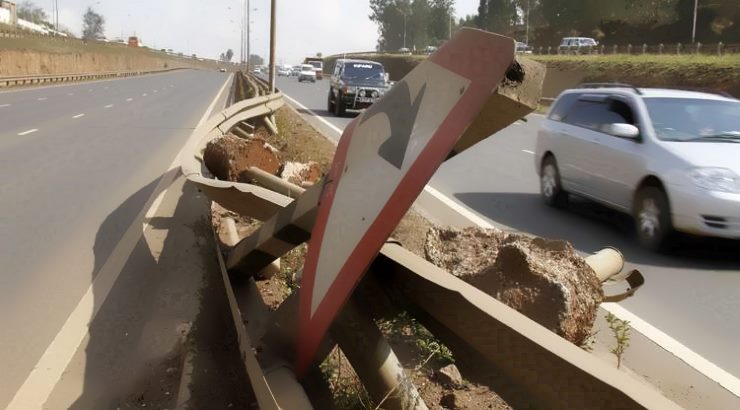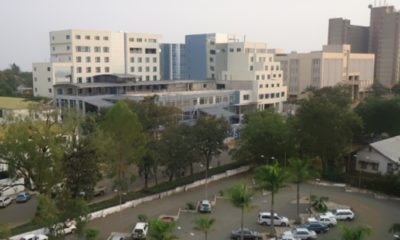Infrastructure
Shame as newly built Thika Road crumbles into disrepair
Sections of the highway have been damaged, drainage slab covers broken and guardrails knocked down.

Kenya’s most famous highway, Thika Road, is fast sliding into neglect and disrepair barely two years after the Sh31 billion highway was completed.
Sections of the ‘superhighway’ have been damaged, drainage slab covers broken and guardrails knocked down. There are a few small potholes along the way and the road crumbles in several places.
Disgruntled motorists and residents are now wondering how the newly built highway could have such a short lifespan.
“It’s dangerous,” said Martin Mburu describing the spoilt guardrails that are now common along the busy highway.
Jacqueline Andae, another Kasarani resident, said that in most cases road marks are invisible or non-existent – making it dangerous to drive along the highway especially at night.
“I often host friends from Europe and the US and when they use Thika Road they always comment on how terrible it is,” Ms Andae said.
But who is to blame for the mess? Certainly vandals are the cause of the problem.
Ever since the highway was opened in November 2012, vandals have endlessly destroyed the highway’s fixtures including drainage systems, signposts, street lights and guardrails as they look for scrap metal.
This has frustrated the Kenya National Highways Authority (Kenha)’s efforts to maintain Thika Road in line with international standards.
However, the association of scrap metal dealers has over the years refuted claims that its members are involved in the rampant vandalism of road furniture.
In March this year, Intex-SynoHydro – a joint venture between SynoHydro and Intex Group – won a two-year maintenance contract of the highway valued at Sh1.1 billion.
The contract took effect in May and is expected to end in April 2016. Intex-SynoHydro will be liable for any defects thereafter for one year and the contract could be extended by six months.
Construction work on the 50km-highway, which involved expanding the earlier four-lane carriageway to eight lanes, started in 2009, jointly funded by the Kenyan government, the African Development Bank (AfDB) and the Chinese government.












